Top speed 394 km/h Length 43 m Manufacturer Groupe Latécoère | Wingspan 57 m First flight November 4, 1942 Designer Pierre-Georges Latécoère | |
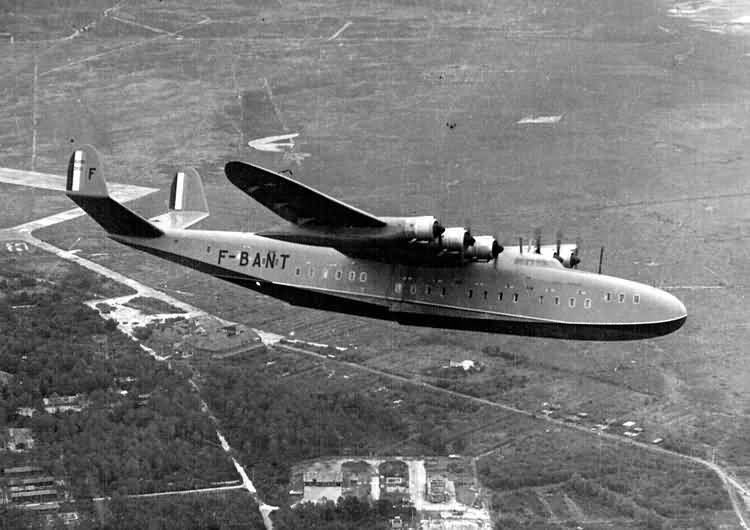 | ||
Lat co re 631 flying boat
The Latécoère 631 was a civil transatlantic flying boat built by Latécoère, the largest ever built up to its time. The type was not a success, being unreliable and uneconomic to operate. Five of the eleven aircraft built were written off in accidents and one was lost during World War II.
Contents
- Lat co re 631 flying boat
- Design and development
- History
- Accidents and incidents
- Specifications Lat 631
- Operators
- References
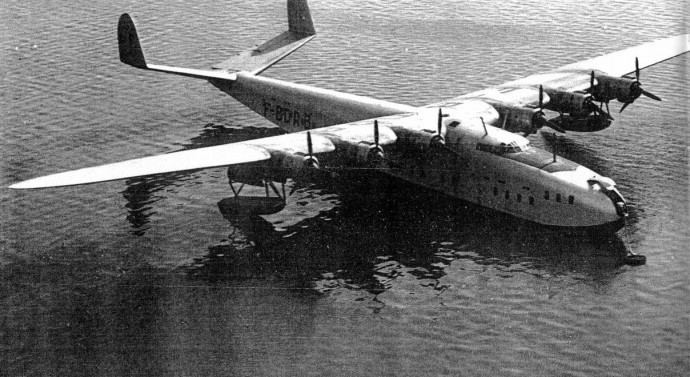
Design and development
The Latécoère 631 was the result of a specification issued in 1936 by the Direction Générale de l'Aviation Civile for a 40-passenger airliner with a range of 4,000 kilometres (2,500 mi). The aircraft was ordered in 1938. It was intended that it would be powered by six Gnome et Rhône P.18 engines of 1,650 horsepower (1,230 kW) each. A competitor for this specification was the SNCASE SE.200 Amphitrite.
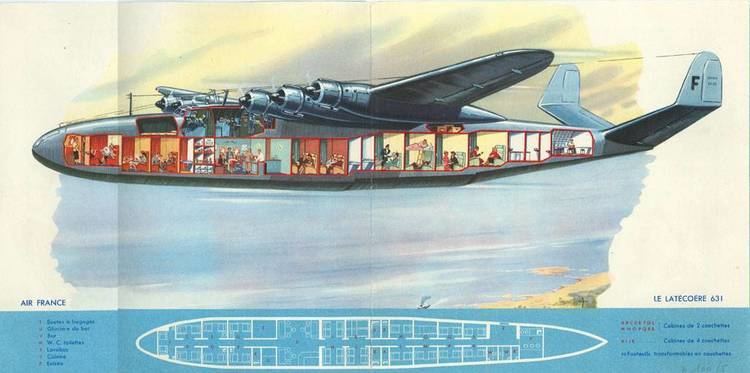
Construction of the aircraft was stopped due to the outbreak of World War II and was not resumed until after the signing of the Franco-German Armistice. The prototype, registered F-BAHG, first flew on 11 November 1942. It was subsequently confiscated by the Germans, and passed to the Luftwaffe, who allocated the codes 61+11. The aircraft was flown to Lake Constance, where it was destroyed in an attack by two Royal Air Force de Havilland Mosquito aircraft on 17 April 1944. SNCASE SE.200 Amphitrite 20+01 was destroyed in the same attack.
History
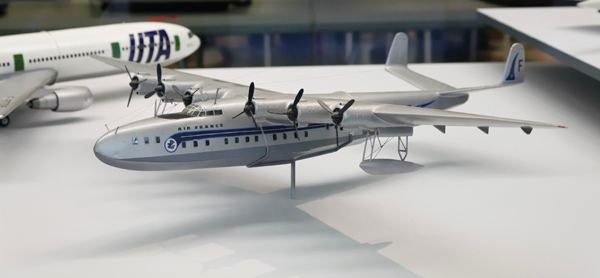
The second aircraft, F-BANT, first flew on 7 March 1945. It was powered by six Wright Cyclone engines of 1,600 horsepower (1,200 kW) each. Four aircraft were purchased by Air France, and entered service on the Biscarosse-Port-Étienne-Fort de France route in July 1947. The aircraft were withdrawn from service in August 1948 following the loss of F-BDRC. SEMAF operated two aircraft until 1950, when the survivor was withdrawn following the loss of F-BANU. The Société France Hydro operated one aircraft until it was lost on 10 September 1955. This was the last flying aircraft, with the remaining four survivors being scrapped. The Latécoère 631 was not a success due to it being unreliable and uneconomic to operate.
Accidents and incidents
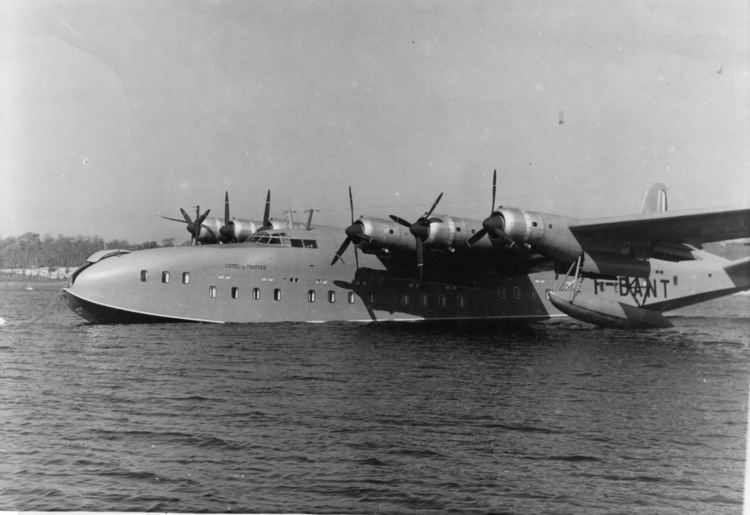
Specifications (Laté 631)
Data from World Encyclopedia of Civil Aircraft
General characteristics
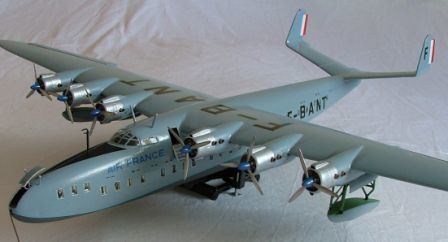
Performance
